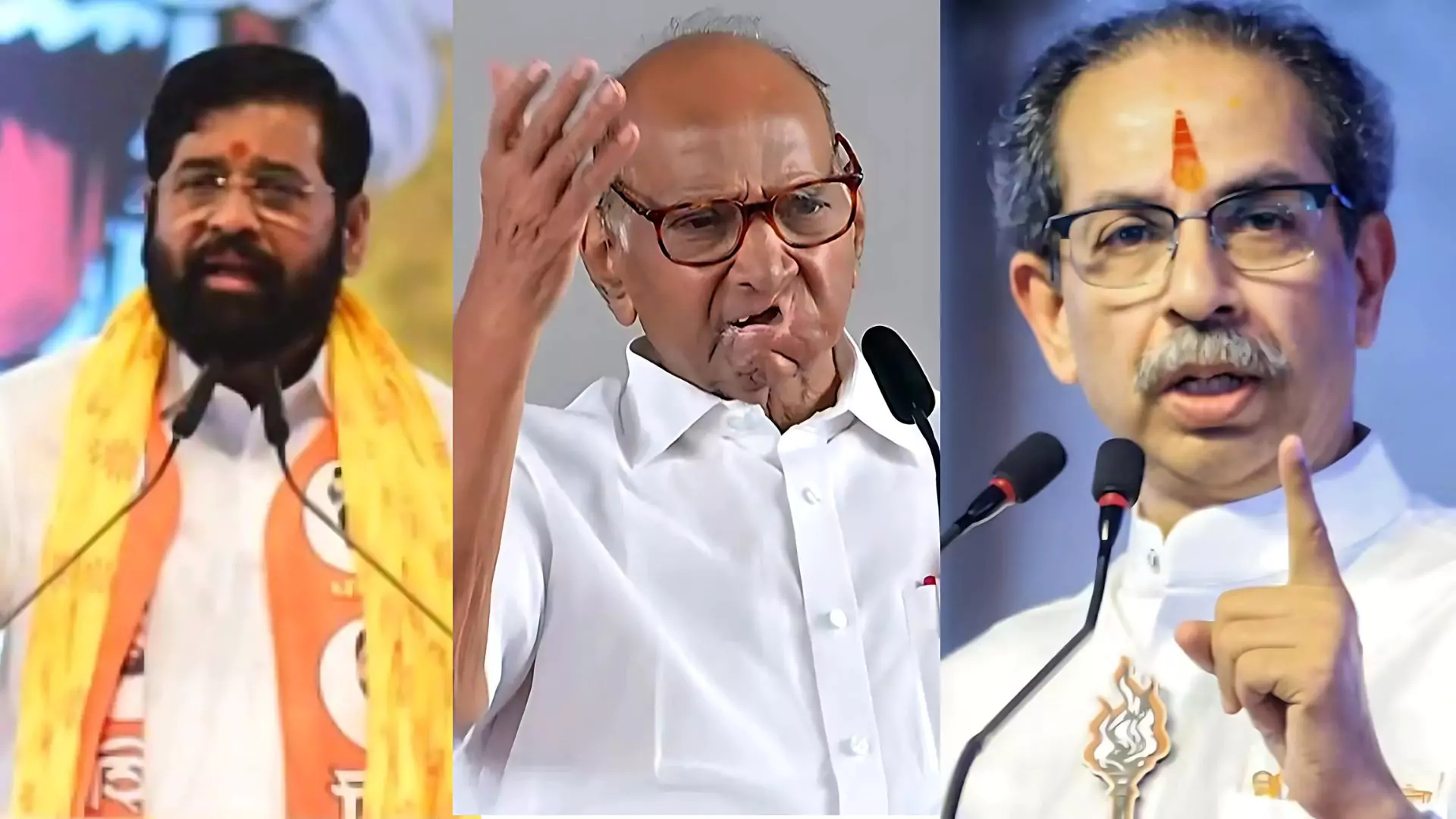The Supreme Court of India recently unveiled a redesigned Lady of Justice statue, commissioned by Chief Justice DY Chandrachud. The new version has stirred discussions across legal circles and social media, as it departs from traditional representations. This updated version removes the iconic blindfold and replaces the sword with a copy of the Indian Constitution, symbolizing a shift in how justice is perceived in India.
What Does the New Statue Signify?
The redesigned Lady of Justice statue signifies a departure from the traditional colonial-era representation. Unlike the classic blindfolded figure holding a sword, the new statue features open eyes and the Constitution, representing a justice system that sees all equally and operates according to constitutional principles rather than through force.
The open eyes symbolize transparency and the ability to assess circumstances fairly, while the Constitution emphasizes that justice is delivered based on the rule of law. The removal of the sword highlights the court’s belief in peaceful justice through legal means rather than enforcement through fear.
Significance of the New Lady of Justice Statue
The reimagined Lady of Justice, displayed in the Supreme Court’s library, reflects a modern justice system moving away from its colonial legacy. Traditionally depicted with a blindfold and sword, the new statue presents her with open eyes, holding a scale in one hand and the Constitution in the other.
Chief Justice DY Chandrachud envisioned the change to highlight that the justice system “sees everyone equally.” The statue’s design embraces Indian culture, featuring a saree and emphasizing transparency, equality, and the Constitution as the guiding force in legal matters.
Historical Context: From Roman Mythology to Indian Justice
The Lady of Justice has roots in Roman mythology, known as Justitia, symbolizing fairness and moral virtue. The blindfold, added later, came to represent impartiality and justice’s objectivity. However, critics argue it can symbolize willful ignorance of societal inequalities. Chief Justice Chandrachud’s decision to remove it acknowledges that the law must be aware of all factors to ensure true justice.
Netizens Reaction: Praise and Criticism
The unveiling of the new Lady of Justice has ignited mixed reactions. Some praised the shift from a Victorian-era symbol to a more Indianized representation, applauding the focus on constitutional justice over violence. However, some critics expressed concerns that removing the blindfold could imply bias or discrimination, raising questions about impartiality.
The blindfolded statue of Lady Justice implies that the idea of justice should be impartial and without favoritism. It never meant that “the law is blind” (over the years ofc).
Is the new statue signaling the truth of current times? 👀 https://t.co/2lXW6Z4OpA
— Ratna Singh (@whattalawyer) October 16, 2024
Lol, it didn’t mean the law is blind, it meant the justice would be delivered without discrimination. Blindfold meant that you check the weight/argument of both sides without knowing them. https://t.co/HYoHccpGaI
— Narundar (@NarundarM) October 16, 2024
This is the New Justice Statue In Supreme Court. Apparently it implies ‘Law Is Not Blind’. In reality it means Mi Lords can now see favouring whom can get a Rajya Sabha Seat or Governorship or any plum Post Retirement Job pic.twitter.com/LSgZ3uJm4j
— Joy (@Joydas) October 16, 2024
A Shift in Judicial Philosophy?
The new statue reflects a broader debate about how justice should be perceived and delivered in India. By emphasizing the Constitution, it symbolizes a commitment to legal principles based on equality and fairness. The removal of the sword underscores a belief in justice through legal processes rather than coercion.
A New Symbol for a New Era
The redesigned Lady of Justice statue marks a significant shift from traditional interpretations of justice. With open eyes and the Constitution replacing the sword, it sends a powerful message about the evolving nature of the Indian judiciary, symbolizing an attempt to modernize the justice system and reflect India’s unique legal and cultural identity.

















